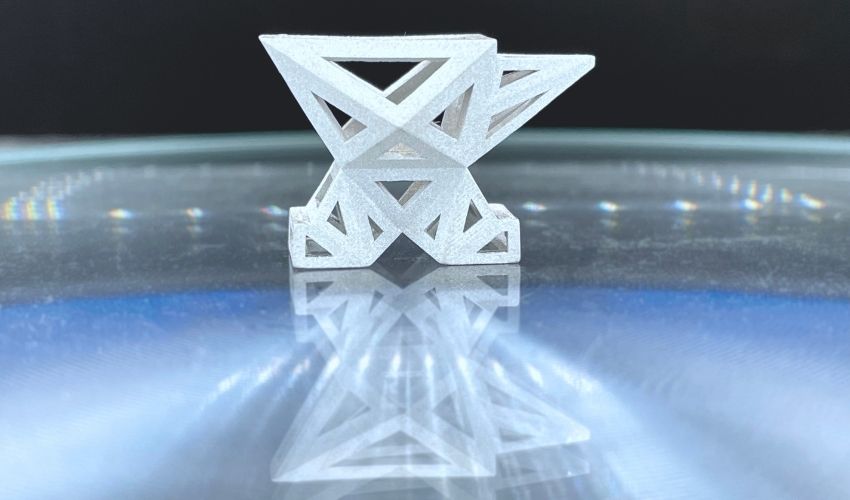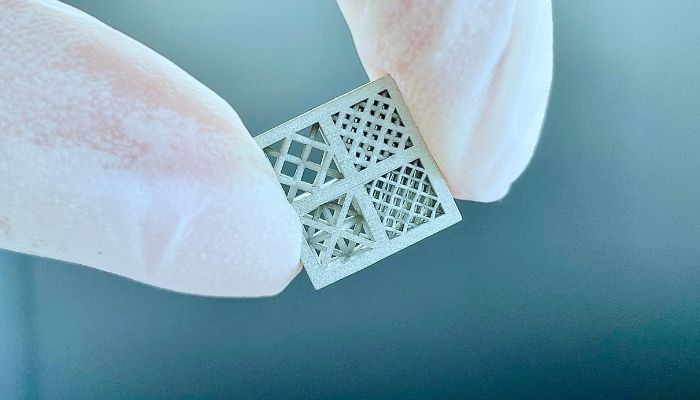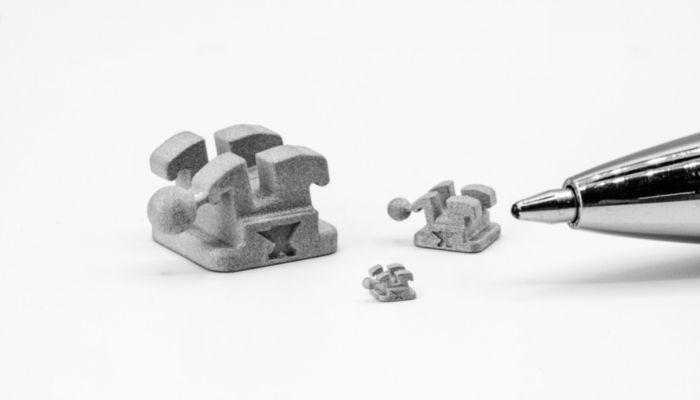Incus Partners with the European Space Agency to Test 3D Printing in Micro-Gravity

Incus, an Austrian provider for lithography-based AM solutions has announced a partnership with the European Space Agency (ESA), OHB System AG and Lithoz GmbH in a joint project using Incus’ Lithography-based Metal Manufacturing (LMM) process. The project will test 3D printing in a micro-gravity environment, notably seeing whether using this technology it would be possible to create materials in the lunar base using scrap metal or existing surface materials. Ultimately, this research could help to pave the way to future lunar settlements as it could address issues related to supply chains and acquiring supplies from Earth.
Sustainability has been a large concern for many space agencies as they hope to eventually create settlements on the Moon and other planets. Being able to reuse parts and waste that already exists on the lunar surface would greatly reduce a station’s reliance on Earth. This is important because a key to long-term mission is that they should be self-sufficient as maintaining a constantly supply of goods, including supplies, research materials and equipments and spare parts, is one of the major challenges in managing a station. Thanks to LMM processes, it could be possible to manufacturer these necessary items and spare parts on board and on demand.

Using LMM technology is ideal for this project is ideal for a few reasons. Not only can it produce spare parts from recycled metal waste, but in many ways it is less complicated to use in micro-gravity than other metal AM processes. This is because unlike metal technique using lasers, meaning they require gas-atomized powders and support structures, LMM uses paste or suspension. This makes it easier to use the metal from the recycled parts and also eliminates manual reworking while remaining safe for the operator. Additionally, according to Incus, the process is known for making parts with good surface aesthetics and similar material properties to metal injection molding (MIM), which is often the process of choice on Earth but which would be too complicated to use in space.
This 18 month project will test whether it is actually feasible to process scrap metals from the Moon’s surface and create a high-quality final product using this zero-waste process. They will research a number of potential limiting factors such as the impact of potential contamination of metal powders with lunar dust and whether the final parts will be as optimized and reliable as they might be on Earth.
Antonella Sgambati, Human Spaceflight System Engineer at OHB System AG, concluded: “The possibility of reducing our dependency on Earth by utilizing existing lunar surface materials and recycling lunar base scrap metal represents the only solution to guarantee a sustainable settlement. This project and this novel LMM process will be important steps in making such a settlement a reality due to the fact that this technology could have a chance to operate successfully in space.” You can find out more about the project in Incus’ press release HERE.

What do you think about this joint project with Incus and the European Space Agency (ESA)? Let us know in a comment below or on our Facebook and Twitter pages. Don’t forget to sign up for our free weekly newsletter, with all the latest news in 3D printing delivered straight to your inbox!
*All Image Credits: Incus






